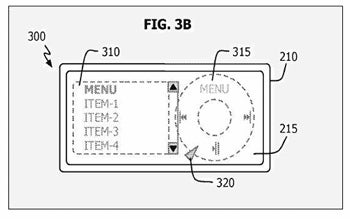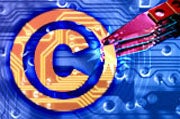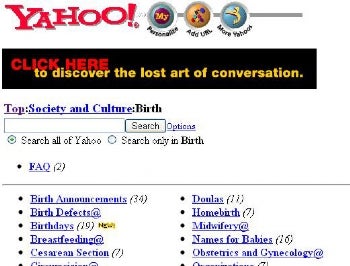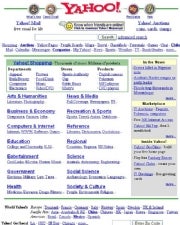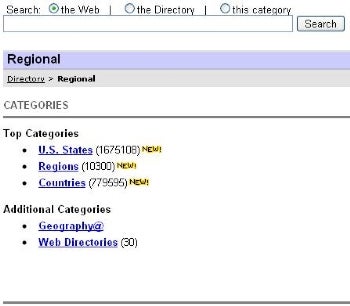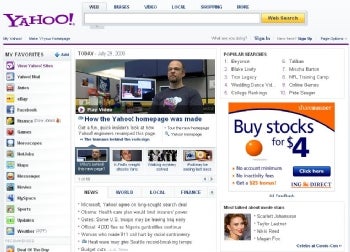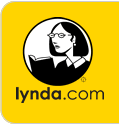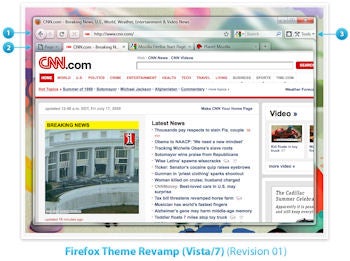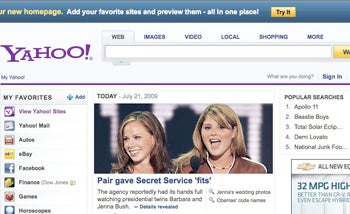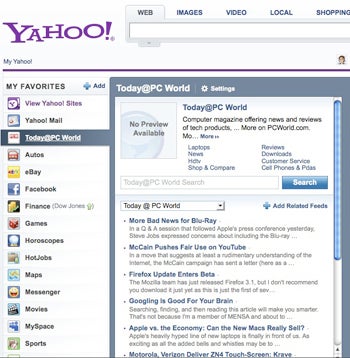We'll say it up front: The iMac is no longer the final word in all-in-one PCs. Though Apple's latest aluminum iMacs were the performance champs in our tests, it's the new wave of competing all-in-ones that are changing the game.
All-in-one makers now put greater emphasis on style and design, and touchscreens have practically become the norm. Some models--such as the and , and the --even have multitouch displays, which let you use two fingers at a time to pinch, push, rotate, and scroll items on screen. The TouchSmart PCs are also among several stylish big-screen all-in-ones that have built-in Blu-ray drives and double as Media Center HDTVs.
Contributing to the all-in-one renaissance as well are budget (roughly $500) models with netbook-like specs. Though they lack the power and the entertainment extras of the high-end models--and almost always run Windows XP instead of Vista--their single-touch displays and low price make them attractive.
To reflect these differences, we split our chart into two groups: Those , and those . For this story, we tested 11 all-in-one PCs from all the brands you expect (and some you might not): Apple, Asus, Averatec, Dell, HP, Lenovo, MSI, Shuttle, and Sony. We're continually testing new models, though, so see our all-in-ones chart for the latest reviews and rankings. See "" for a look at what's ahead later this year, too.
Our top pick among the larger models is the . A striking design, solid performance, and upgradability you won't find on other all-in-ones helped clinch the deal. While the A600 doesn't have the touchscreen capabilities of HP's TouchSmart PCs, it does have an HDTV tuner, as do each of our top four big-screen all-in-ones. The A600 also includes a unique Media Center remote that doubles as a VoIP handset, an air mouse, and a Wii-like motion game controller.
If you're willing to accept a display of 19 inches or smaller, you can pick up a good all-in-one for less than $1000. Our top pick in this group is Dell's Studio One 19, which starts at $699. You'll need to add $100 to any configuration for the dual-touch display included in our $944 test unit. Though that $944 price tag is almost double the cost of some budget all-in-ones, the Dell also delivers more than double their netbook-like performance. It outpaced some high-end models, as well.
All-in-Ones vs. Desktop PCs
Despite the improvements in all-in-one PCs over the last year, they still struggle to match the performance of a good value desktop computer. The very compact size that makes them so appealing also creates heat and power limitations that usually require the use of a laptop processor.
Even the fastest all-in-one PC we tested----can't match competitive recent desktops such as Dell's Studio XPS 435. That $999 system's 2.66GHz Core i7 920 processor, 6GB memory, and ATI Radeon HD4870 graphics helped it achieve a WorldBench 6 score of 125, a perceptible 12.6 percent increase over the iMac's result of 111. And while the iMac leads in all-in-one graphics performance, delivering truly playable gaming frame rates, in this respect too it pales compared with the Dell desktop.
Of course, all-in-one PCs offer lots of benefits. They don't require you to buy a new monitor, or to have an old one sitting around. Wall-mounting options are common, as well. And these days, almost all budget all-in-ones feature a single-touch display. Spend a little more, and you can have Dell's Studio One 19 or one of HP's TouchSmart PCs, which boast multitouch displays. This kind of interactivity is ideal for families (but you should probably stock up on wipes to clean up your loved ones' greasy finger marks).
All-in-one PCs also integrate many add-ons, such as speakers, Webcams (the Lenovo has a 2-megapixel camera with VeriFace recognition log-in software, for instance), and wireless networking (usually 802.11n, though the Dell and Averatec cheap out with 802.11g).
On the other hand, on an all-in-one you're pretty much stuck with the screen, and the parts. You can expand a regular desktop to increase its life span, but an all-in-one PC has serious upgrade limitations. Lenovo's IdeaCentre A600 gets big points because users can upgrade its hard disk, optical drive, memory, and fans; in contrast, the HP TouchSmart PCs and the let you upgrade only the memory and hard drive. (A small consolation in the VAIO's case is that an ExpressCard reader allows for laptop-style add-ons.) Apple's iMacs allow you to upgrade the RAM easily, but anything else involves a 21-screw ordeal. The compact also permits memory upgrades; that's noteworthy because every other all-in-one with a screen 19 inches or less--including the Dell--is a completely closed system.
Are Laptops the Smarter Buy?
If all you want is a machine that comes in one simple package, you might be better off with a laptop. The main argument here is simple: Laptops don't need to be plugged into the wall, and just try fitting an all-in-one PC--even the portable Shuttle X50--into your bag! And if it's a touchscreen that you crave, plenty of convertible laptops and Internet tablets are available for you to poke around with. Even some netbooks have touchscreens now: Witness the , the , and the upcoming .
Most Atom-powered netbooks, priced at roughly $500, perform on a par with the similarly priced "nettop" all-in-one PCs on our chart. So the question is: Do you want portability and a 10.1-inch display, or a kitchen PC with a much larger touchscreen? If you're leaning toward a portable, see our for our reviews.
For the multimedia-minded, another option could be a desktop-replacement laptop with a roomy screen measuring 17 inches or more. Take our current top-ranked model, the , for instance. It boasts a mammoth 18.4-inch (1920 by 1080) display, a Blu-ray drive, and a USB TV tuner, and it earned a score of 102 in WorldBench 6. That makes it faster than all of the models here but the 24-inch iMac; and at $1890, it's cheaper than HP's own TouchSmart IQ816 all-in-one. Of course, the HDX18 doesn't have a 25.5-inch multitouch display, and it's pricier than the 22-inch Lenovo and HP all-in-ones. But that's just more food for thought. In the end, your choice could come down to how important a supersize all-in-one touchscreen is to you. If that isn't a

